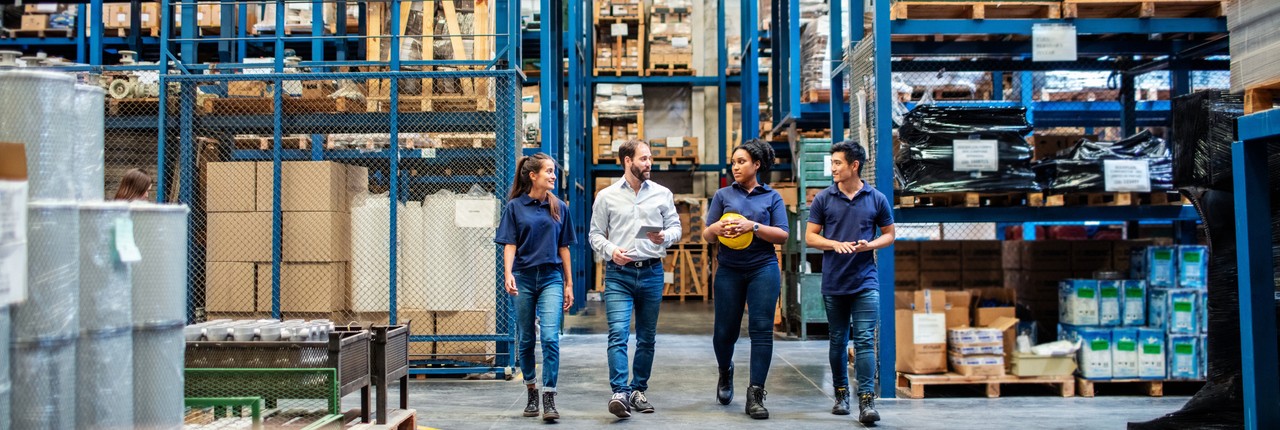Though they may have new applications, construction bonds themselves are not new: they’ve been around since 2,750 BC. The Romans then updated the laws of surety in trade around 150 AD, and those principles survive today.
As with all bonds, the construction bond guarantees the principal will act in accordance with certain laws or to the contract between the principal (the construction company) and the obligee (the beneficiary of the surety bond). If the principal fails to perform the contract in this manner, the bond will cover any sums stipulated up to the maximum amount mentioned in the surety bond.
In this article, Robbert Langhorst, our Group Head of Global Surety Distribution, explains what a construction bond is, tells us how a construction bond works, and how this tried-and-true solution is an important bulwark against unforeseen events in a changing world.









.png)


